References of Lab monoclonals
Sources of Lab reagents
Abcam alternatives of Lab monoclonals
Compare monoclonal lab reagents for research

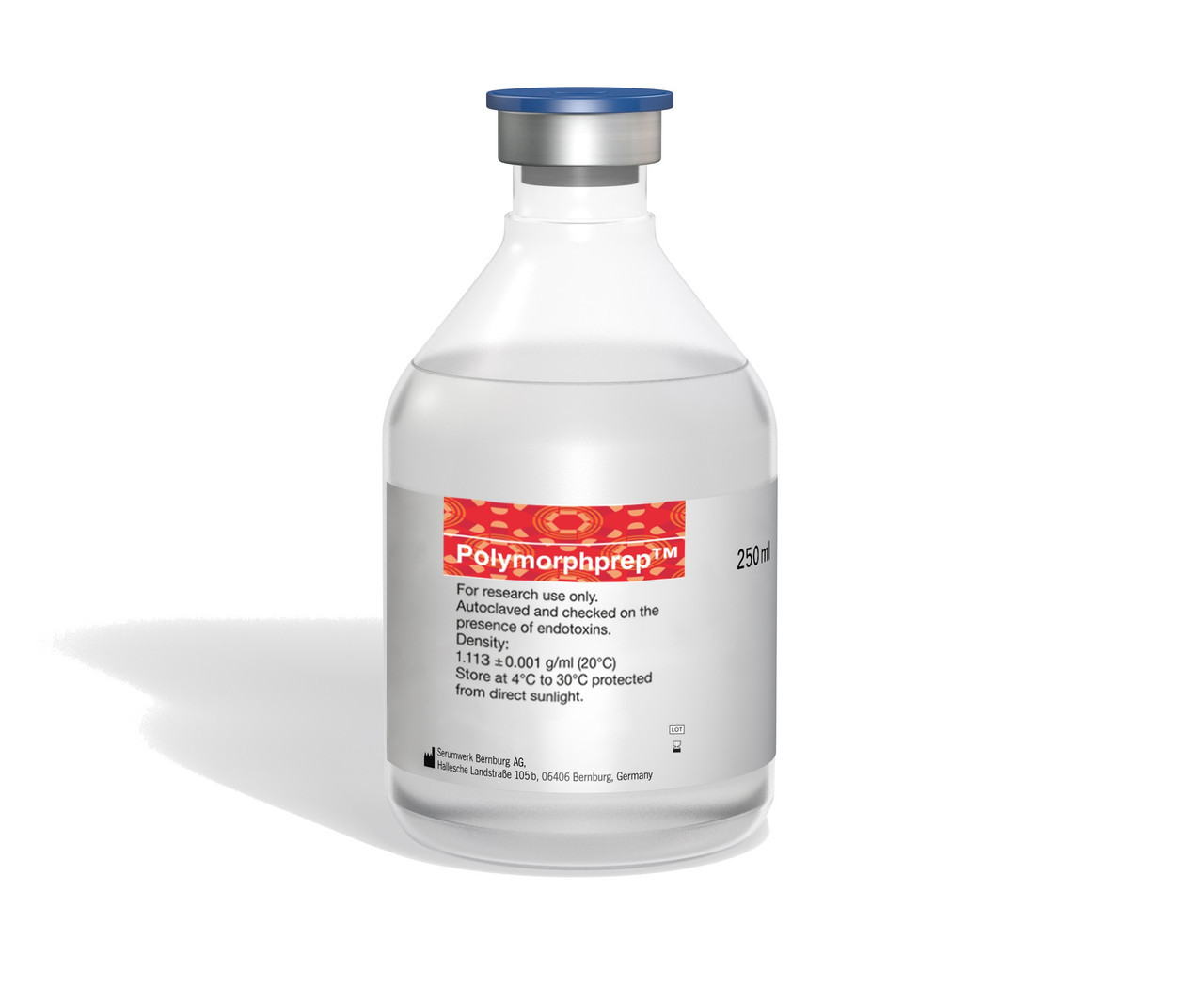


Suppliers for Lab Assays
TAT (HIV-1) |
||
| GWB-D5D417 | GenWay Biotech | 0.1 mg |
HIV-1 gp41 |
||
| E62H001 | EnoGene | 100ug |
HIV-2 gp36 |
||
| E62H003 | EnoGene | 100ug |
HIV-1 gp41 |
||
| GWB-424849 | GenWay Biotech | 1 ml |
HIV-2 gp39 |
||
| ant-153 | ProSpec Tany | 0.5mg |
|
Description: Mouse Anti HIV-2 gp39 |
||
HIV-1 gp41 |
||
| ant-159 | ProSpec Tany | 0.5mg |
|
Description: Mouse Anti HIV-1 gp41 |
||
HIV-1 gp41 |
||
| ant-160 | ProSpec Tany | ml |
|
Description: Polyclonal Rabbit Anti HIV-1 gp41 |
||
Monoclonal GR monoclonal antibody |
|||
| AMM00029G | Leading Biology | 0.05mg | 633.6 EUR |
Monoclonal TBP monoclonal antibody |
|||
| APR13720G | Leading Biology | 0.1ml | 633.6 EUR |
Monoclonal EZH2 monoclonal antibody |
|||
| AMM00030G | Leading Biology | 0.05mg | 633.6 EUR |
Monoclonal Rsf1 monoclonal antibody |
|||
| AMM07673G | Leading Biology | 0.05mg | 633.6 EUR |
Monoclonal Rsf1 monoclonal antibody |
|||
| AMM07674G | Leading Biology | 0.1ml | 633.6 EUR |
Monoclonal HDAC2 monoclonal antibody |
|||
| AMM00031G | Leading Biology | 0.05mg | 633.6 EUR |
Monoclonal SirT1 monoclonal antibody |
|||
| APR09951G | Leading Biology | 0.05mg | 580.8 EUR |
Monoclonal SirT1 monoclonal antibody |
|||
| APR09952G | Leading Biology | 0.1ml | 580.8 EUR |
Our used TESTs in Pubmed.
Monoclonal VDR Antibody (monoclonal) (M02), Clone: 2F4 |
|||
| AMM04310G | Leading Biology | 0.1mg | 580.8 EUR |
Monoclonal WT1 Antibody (monoclonal) (M01), Clone: 2H4 |
|||
| AMM04323G | Leading Biology | 0.1mg | 580.8 EUR |
Monoclonal FASN Antibody (monoclonal) (M03), Clone: S1 |
|||
| AMM04516G | Leading Biology | 0.1mg | 580.8 EUR |
Monoclonal FH Antibody (monoclonal) (M07), Clone: 5C12 |
|||
| AMM04543G | Leading Biology | 0.1mg | 580.8 EUR |
Monoclonal G1P3 Antibody (monoclonal) (M02), Clone: M2 |
|||
| AMM04639G | Leading Biology | 0.1mg | 580.8 EUR |
Compare Pcr lab reagents for research
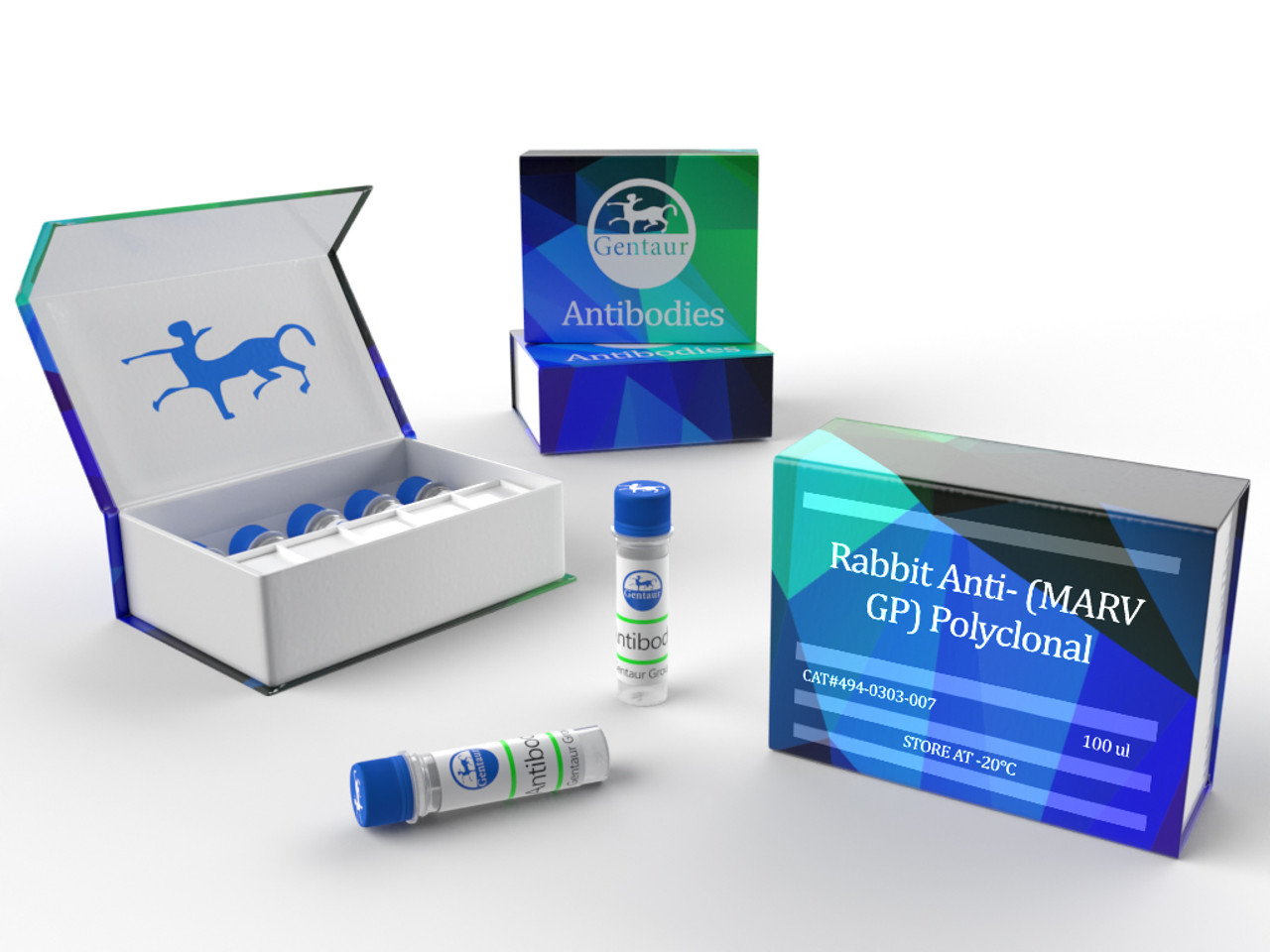

Suppliers for Lab ELISAs
ROX Reference Dye - 100 µM |
||
| PCR-356-10ML | Jena Bioscience GmbH | 10ml |
ROX Reference Dye - 100 µM |
||
| PCR-356-1ML | Jena Bioscience GmbH | 1ml |
T PCR SuperMix (-dye) |
||
| 20-abx098005 | Abbexa |
|
T PCR SuperMix (+dye) |
||
| 20-abx098006 | Abbexa |
|
Apex 6X Loading Dye |
||
| 19-123 | Genesee Scientific | 1 Package/Unit |
|
Description: 3 x 1.25ml, Type II Modified |
||
Procion mx dye: 028 scarlet |
||
| 40140058-1 | Glycomatrix | 10 g |
Dye removal bag - EACH |
||
| DD4905007 | Scientific Laboratory Supplies | EACH |
REC-1 |
|||
| ABC-TC0956 | AcceGen | 1 vial | Ask for price |
REC-2615 (HCl) |
|||
| 530142 | MedKoo Biosciences | 10.0mg | 295 EUR |
Rec FLA-ST |
|||
| tlrl-flic-10 | InvivoGen FR | 10 µg | 295.05 EUR |
Rec FLA-ST |
|||
| tlrl-flic-50 | InvivoGen FR | 50 µg | 731.85 EUR |
rec EGF (human) |
|||
| 4030572.01 | Bachem | 0.1 mg | 102.27 EUR |
rec EGF (human) |
|||
| 4030572.05 | Bachem | 0.5 mg | 271.85 EUR |
rec EGF (human) |
|||
| H-7490.0100 | Bachem | 0.1mg | 194.4 EUR |
rec EGF (human) |
|||
| H-7490.0500 | Bachem | 0.5mg | 457.2 EUR |
Our used monoclonals in Pubmed.
Monoclonal CBS Antibody (monoclonal) (M01), Clone: 30 |
|||
| APG02460G | Leading Biology | 0.1mg | 580.8 EUR |
Monoclonal JUP Antibody (monoclonal) (M01), Clone: 2G9 |
|||
| APR16958G | Leading Biology | 0.1mg | 580.8 EUR |
Monoclonal MAK Antibody (monoclonal) (M01), Clone: 3E6 |
|||
| APR17272G | Leading Biology | 0.1mg | 580.8 EUR |
Monoclonal GCA Antibody (monoclonal) (M01), Clone: 2F5 |
|||
| APR16108G | Leading Biology | 0.1mg | 580.8 EUR |
Monoclonal ID2 Antibody (monoclonal) (M01), Clone: 3C3 |
|||
| APR16800G | Leading Biology | 0.1mg | 580.8 EUR |
Compare rec. lab reagents for research
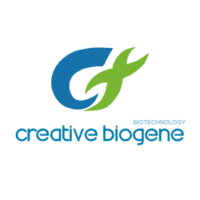

Suppliers for Lab polyclonals
Dye 937 |
||
| T18985-5mg | TargetMol Chemicals | 5mg |
|
Description: Dye 937 |
||
Dye 993 |
||
| T18986-10mg | TargetMol Chemicals | 10mg |
|
Description: Dye 993 |
||
Dye 993 |
||
| T18986-1g | TargetMol Chemicals | 1g |
|
Description: Dye 993 |
||
Dye 993 |
||
| T18986-1mg | TargetMol Chemicals | 1mg |
|
Description: Dye 993 |
||
Dye 993 |
||
| T18986-50mg | TargetMol Chemicals | 50mg |
|
Description: Dye 993 |
||
Dye 993 |
||
| T18986-5mg | TargetMol Chemicals | 5mg |
|
Description: Dye 993 |
||
Dye 937 |
||
| HY-15422 | MedChemExpress | 5mg |
REC-1 |
|||
| ABC-TC0956 | AcceGen | 1 vial | Ask for price |
REC-2615 (HCl) |
|||
| 530142 | MedKoo Biosciences | 10.0mg | 295 EUR |
Rec FLA-ST |
|||
| tlrl-flic-10 | InvivoGen FR | 10 µg | 295.05 EUR |
Rec FLA-ST |
|||
| tlrl-flic-50 | InvivoGen FR | 50 µg | 731.85 EUR |
rec EGF (human) |
|||
| 4030572.01 | Bachem | 0.1 mg | 102.27 EUR |
rec EGF (human) |
|||
| 4030572.05 | Bachem | 0.5 mg | 271.85 EUR |
rec EGF (human) |
|||
| H-7490.0100 | Bachem | 0.1mg | 194.4 EUR |
rec EGF (human) |
|||
| H-7490.0500 | Bachem | 0.5mg | 457.2 EUR |
Our used References in Pubmed.
rec IGF-I (human) |
|||
| 4030778.01 | Bachem | 100 µg | 271.85 EUR |
rec IGF-I (human) |
|||
| 4030778.05 | Bachem | 0.5 mg | 1087.59 EUR |
rec PDGF BB (human) |
|||
| 4031083.0002 | Bachem | 2 µg | 102.27 EUR |
rec PDGF BB (human) |
|||
| 4031083.001 | Bachem | 10 µg | 271.85 EUR |
rec TNF-α (human) |
|||
| 4031300.001 | Bachem | 10 µg | 102.27 EUR |
Compare monoclonal lab reagents for research
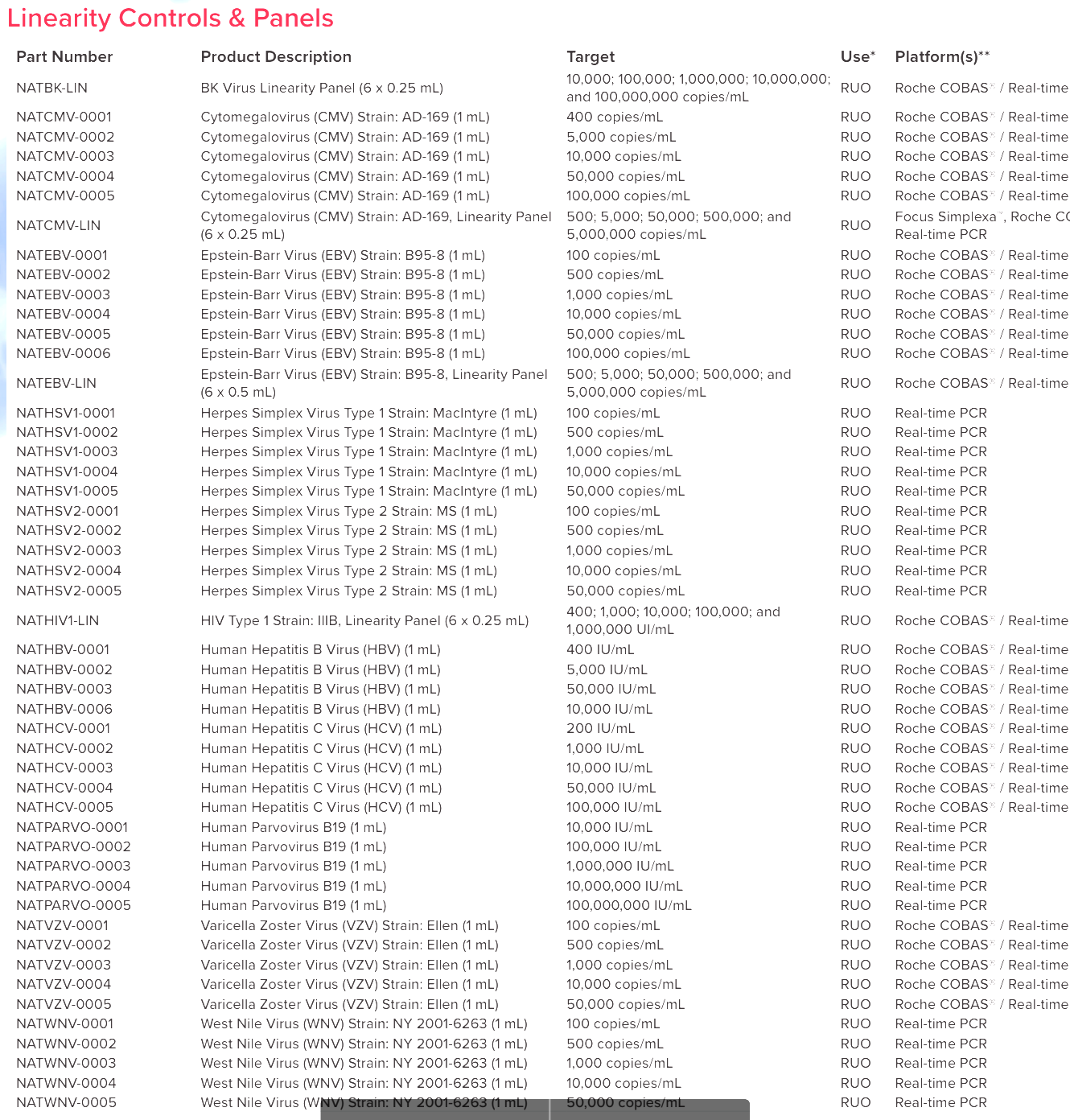
Suppliers for Lab recombinants
rCRAMP (rat) |
||
| T40473-1g | TargetMol Chemicals | 1g |
|
Description: rCRAMP (rat) |
||
rCRAMP (rat) |
||
| T40473-1mg | TargetMol Chemicals | 1mg |
|
Description: rCRAMP (rat) |
||
rCRAMP (rat) |
||
| T40473-50mg | TargetMol Chemicals | 50mg |
|
Description: rCRAMP (rat) |
||
rCRAMP (rat) |
||
| T40473-5mg | TargetMol Chemicals | 5mg |
|
Description: rCRAMP (rat) |
||
BigLEN(rat) |
||
| TP2074-10mg | TargetMol Chemicals | 10mg |
|
Description: BigLEN(rat) |
||
BigLEN(rat) |
||
| TP2074-1g | TargetMol Chemicals | 1g |
|
Description: BigLEN(rat) |
||
BigLEN(rat) |
||
| TP2074-1mg | TargetMol Chemicals | 1mg |
|
Description: BigLEN(rat) |
||
Monoclonal GR monoclonal antibody |
|||
| AMM00029G | Leading Biology | 0.05mg | 633.6 EUR |
Monoclonal TBP monoclonal antibody |
|||
| APR13720G | Leading Biology | 0.1ml | 633.6 EUR |
Monoclonal EZH2 monoclonal antibody |
|||
| AMM00030G | Leading Biology | 0.05mg | 633.6 EUR |
Monoclonal Rsf1 monoclonal antibody |
|||
| AMM07673G | Leading Biology | 0.05mg | 633.6 EUR |
Monoclonal Rsf1 monoclonal antibody |
|||
| AMM07674G | Leading Biology | 0.1ml | 633.6 EUR |
Monoclonal HDAC2 monoclonal antibody |
|||
| AMM00031G | Leading Biology | 0.05mg | 633.6 EUR |
Monoclonal SirT1 monoclonal antibody |
|||
| APR09951G | Leading Biology | 0.05mg | 580.8 EUR |
Monoclonal SirT1 monoclonal antibody |
|||
| APR09952G | Leading Biology | 0.1ml | 580.8 EUR |
Our used antibodies in Pubmed.
TEST TUBE BASKET |
|||
| T719 | PhytoTechnology Laboratories | 1EA | 42.38 EUR |
SNYDER TEST AGAR |
|||
| S19-119-10kg | Alphabiosciences | 10 kg | 1258.8 EUR |
SNYDER TEST AGAR |
|||
| S19-119-2Kg | Alphabiosciences | 2 Kg | 320.4 EUR |
SNYDER TEST AGAR |
|||
| S19-119-500g | Alphabiosciences | 500 g | 130.8 EUR |
HiWater Test Kit |
|||
| K015-10KT | EWC Diagnostics | 1 unit | 27.8 EUR |
recombinant Lab Reagents for Research
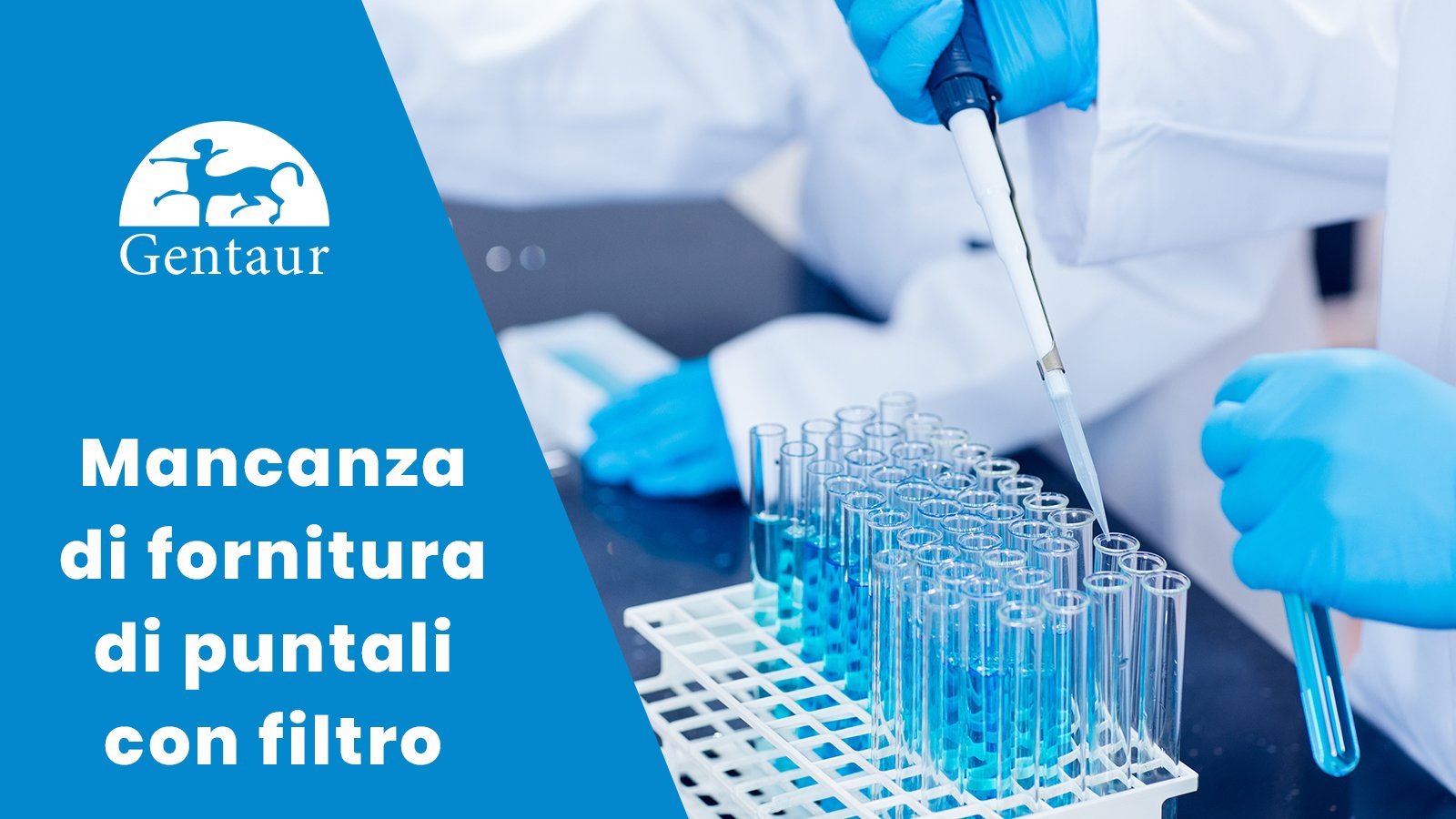

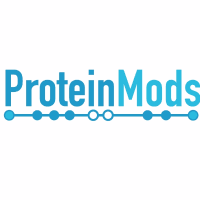
Promoted Lab polyclonals
Accu-Tell COVID-19 IgG/IgM Rapid Test |
|||
| GEN-B352-20tests | Accu test | 20 tests | 283.2 EUR |
Accu-Tell COVID-19 IgG/IgM Rapid Test |
|||
| GEN-B352-40tests | Accu test | 40 tests | 385.2 EUR |
2019-nCoV IgG/IgM Rapid Test Cassette (Whole Blood/Serum/Plasma) |
|||
| GEN-402-25tests | All test | 25 tests | 292.8 EUR |
Human TES(Testin) ELISA Kit |
|||
| EH1738 | FN Test | 96T | 681.12 EUR |
T(Testosterone) ELISA Kit |
|||
| EU0400 | FN Test | 96T | 571.5 EUR |
Rat T(Testosterone) ELISA Kit |
|||
| ER1462 | FN Test | 96T | 628.92 EUR |
Rat Cholesterol ELISA ELISA |
|||
| E01A11128 | BlueGene | 96T | 700 EUR |
Goat Cholesterol ELISA ELISA |
|||
| E01A46041 | BlueGene | 96T | 700 EUR |
Mouse Cholesterol ELISA ELISA |
|||
| E01A19869 | BlueGene | 96T | 700 EUR |
Human Cholesterol ELISA ELISA |
|||
| E01A2368 | BlueGene | 96T | 700 EUR |
Sheep Cholesterol ELISA ELISA |
|||
| E01A98335 | BlueGene | 96T | 700 EUR |
Monkey Cholesterol ELISA ELISA |
|||
| E01A72187 | BlueGene | 96T | 700 EUR |
Canine Cholesterol ELISA ELISA |
|||
| E01A63475 | BlueGene | 96T | 700 EUR |
Our used rec. in Pubmed.
CD11b Antibody Antibody |
|||
| ABD2911 | Lifescience Market | 100 ug | 525.6 EUR |
Anti- GPR162 Antibody Antibody |
|||
| GWB-39B7E0 | GenWay Biotech | 0.05 ml | Ask for price |
Anti- GPR162 Antibody Antibody |
|||
| GWB-AAD3BE | GenWay Biotech | 0.05 ml | Ask for price |
Anti- GPR162 Antibody Antibody |
|||
| GWB-C5010A | GenWay Biotech | 0.05 ml | Ask for price |
MAD1L1 antibody [9B10] Antibody |
|||
| GWB-5C6547 | GenWay Biotech | 0.05 ml | Ask for price |
Thyroxine (T4) Antibody Antibody |
|||
| GWB-DF4FFA | GenWay Biotech | 1 mg | Ask for price |
ARHGDIA Antibody / RHOGDI Antibody |
|||
| F54788-0.08ML | NSJ Bioreagents | 0.08 ml | 140.25 EUR |
ARHGDIA Antibody / RHOGDI Antibody |
|||
| F54788-0.4ML | NSJ Bioreagents | 0.4 ml | 322.15 EUR |
Tau (Ab-262) Antibody Antibody |
|||
| E11-7239B | EnoGene | 100μg/100μl | 225 EUR |
MDR3 P-glycoprotein Antibody Mouse Monoclonal Antibody, Antibody |
|||
| GWB-120022 | GenWay Biotech | 0.1 mg | Ask for price |
Focus Simplexa NATtrol
They represent the preferred industry standard for molecular diagnostic testing and can be used as independent (third party) quality control materials. NATtrol products are prepared from purified microorganisms that are grown in cell culture, in microbial culture, or isolated from the plasma of infected individuals.
NATtrol treatment modifies surface proteins and makes organisms non-infectious and stable in the refrigerator while retaining the complete genome. Inactivation of the organisms is verified by the absence of growth invalidated infectivity tests based on tissue cultures or in validated growth protocols (as appropriate)
- Non-infectious and stable in the refrigerator
- Purified and intact organisms
- Comprehensive process controls to monitor extraction and amplification steps
- Available in different formats (one or more analytes)
- Can be used on various molecular assay platforms and analyzes
- Traceable to WHO international standards (if applicable)
- Shelf life of 12 to 24 months
- Extensive coverage of patents * and/or pending patents
Frequent use of NATtrol controls can be used to:
- Train and supervise laboratory staff
- Assess lot-to-lot consistency of test kits and test reagents
- Monitor daily variations in reported results
- Provide an impartial and independent assessment of the competence of the tests
- Provide consistent, reliable, and accurate quality control solutions
- Help identify lab trends
